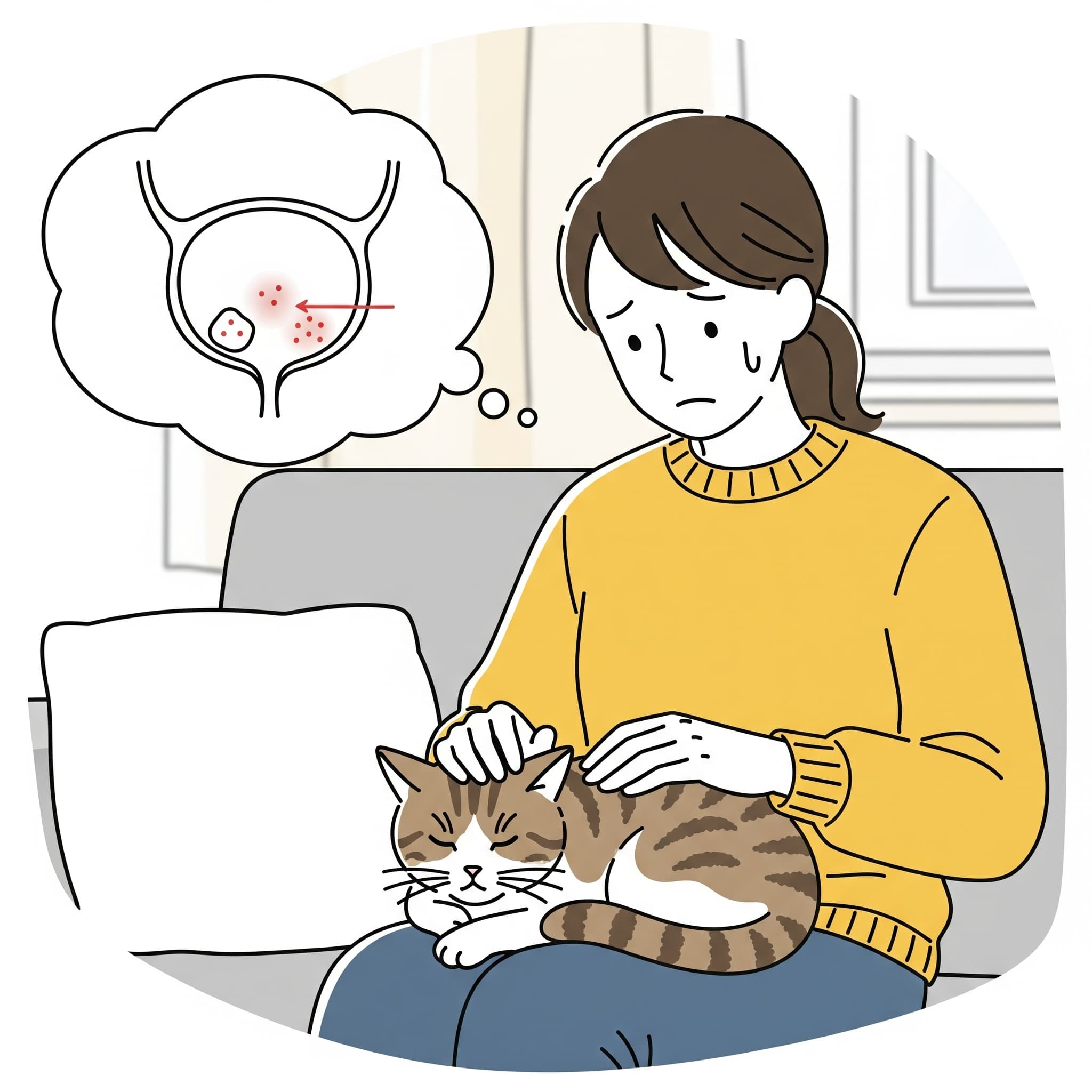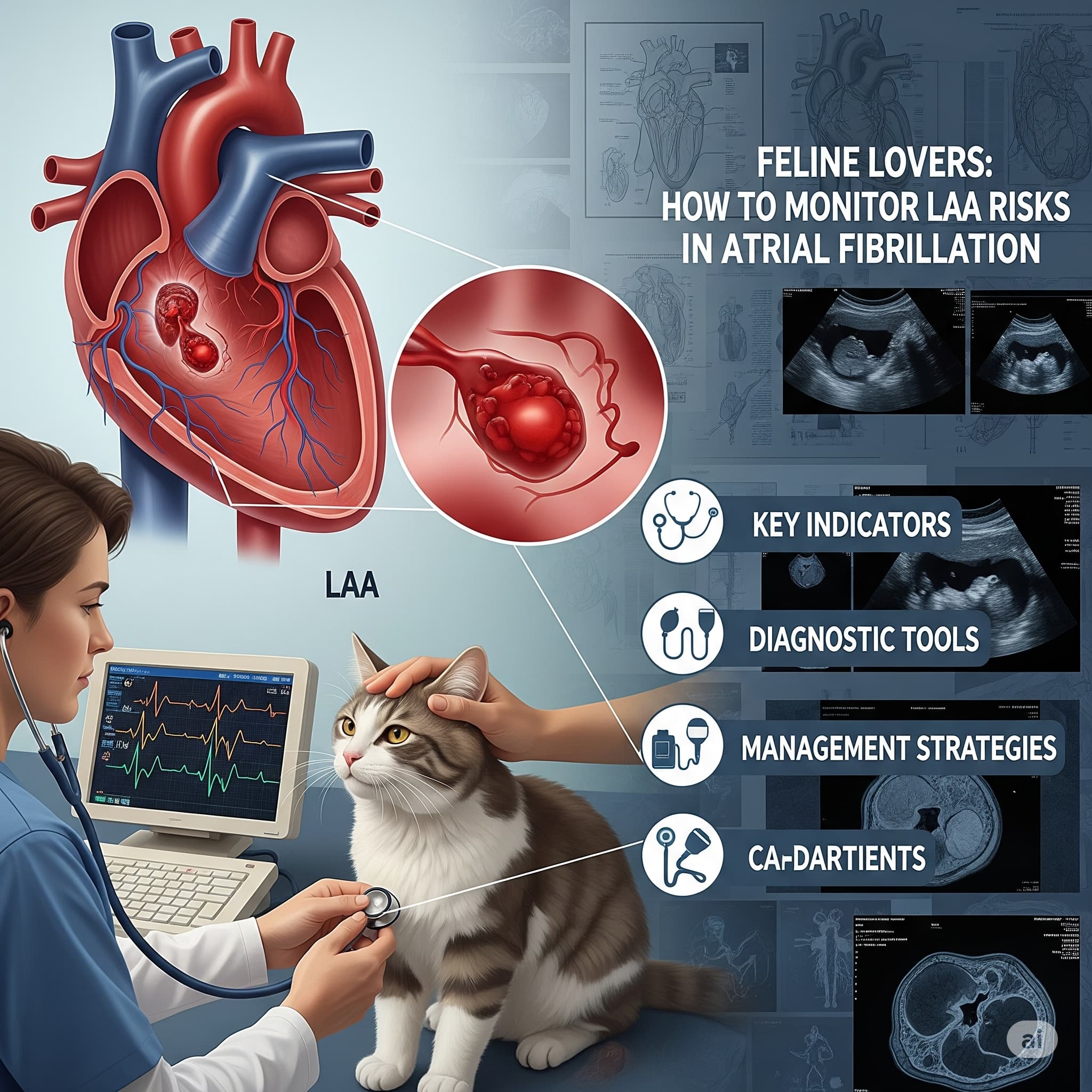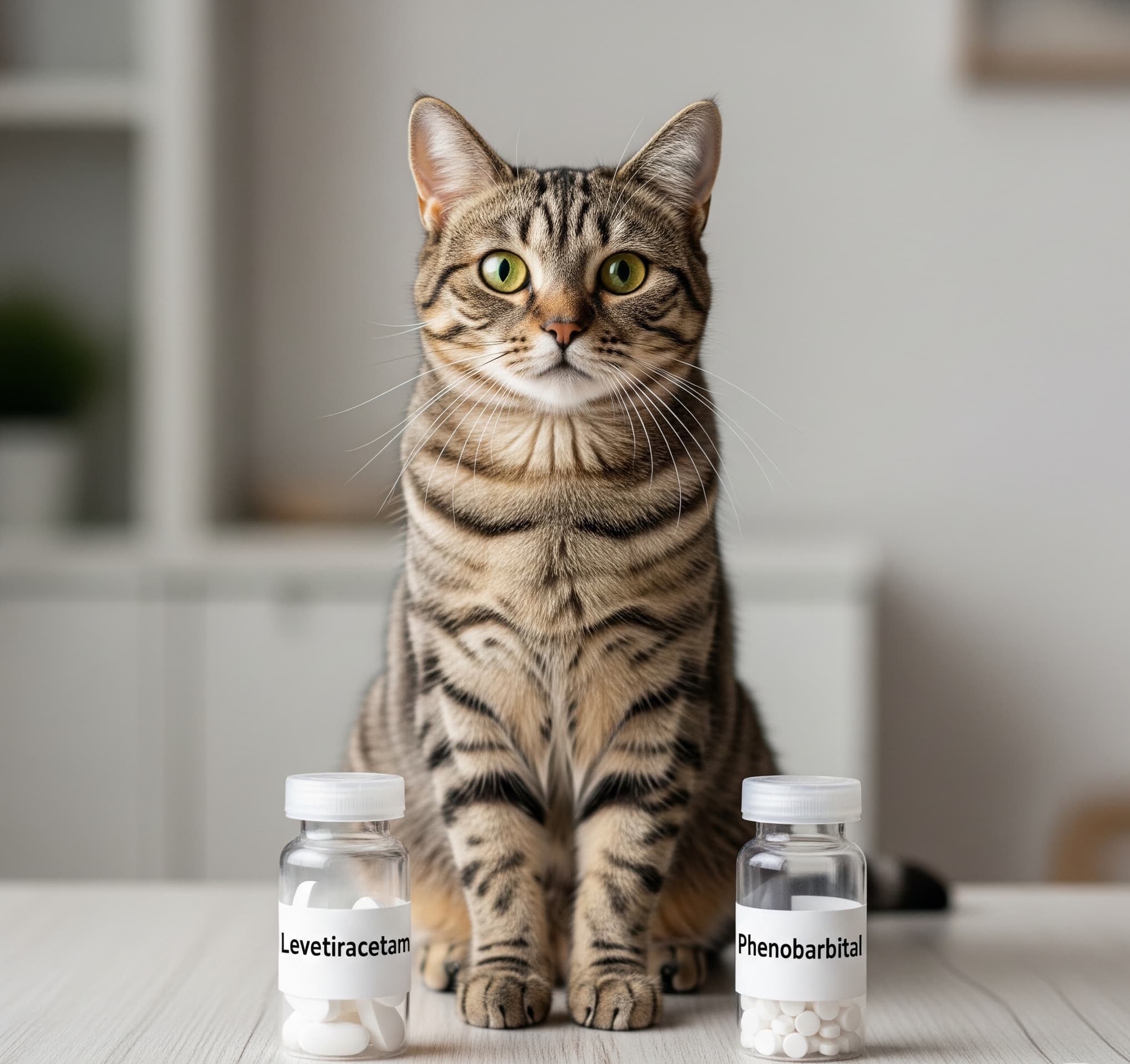Budget-Conscious Owners: Affordable Azathioprine Options for Cat Skin Health
Find budget-friendly azathioprine options for your cat’s skin troubles. Cut costs while easing allergies and autoimmune conditions. Pick up helpful tips right here.
Introduce
Hey, fellow cat lover. Ever watch your buddy scratch like there’s no tomorrow and feel that awful knot in your stomach? If you’re in the thick of skin battles—itchy allergies or autoimmune flares—you know the vet bills pile up quicker than your cat’s fur. But here’s the good news: there are wallet-friendly routes to azathioprine that won’t break the bank. Think of this guide as your chatty coffee-date sidekick. We’ll keep the jargon low and the comfort high.
Here’s the quick tour map so you can zoom straight to the good stuff.
- What Is Azathioprine and How It Helps Cat Skin Problems
- Is Azathioprine Safe for Cats? Key Things to Weigh
- Affordable Sources and Generic Options for Azathioprine
- How to Give Treatment and Keep a Good Eye on Kitty
- Frequently Asked Questions
Stick around. When you finish, you’ll walk into the vet’s office ready to talk price and plan. Let’s dive in.
What Is Azathioprine and How It Helps Cat Skin Problems
Here’s the scoop. Azathioprine is a medication that puts the immune system on a gentler setting. You can picture it as a mellowing agent for when your cat’s defences go a little too turbo. Skin issues often happen when the body starts mistaking its own cells for invaders. Conditions like pemphigus or autoimmune dermatitis show up as sore, crusty, or super itchy patches. Azathioprine steps in to dial down the response, blocking the cells that start the frenzy. Vets usually pull it out when symptoms keep coming back and steroids alone aren’t enough.
That said, it’s not the go-to for every cat. Doctors sometimes write the Rx for other reasons, and they keep a close eye while it’s in play. The outcome we’re chasing? Less scratching, a nicer coat, and all the extra peace that comes with comfy naps. Imagine your cat stretching out without the urge to dig at a hotspot every five seconds. Pretty tempting, right? Research backs it in immune-related skin trouble, but it’s a team effort with the veterinarian. No mixing and matching at home. If your kitty’s scratching is allergy-like or has a little eczema vibe, Azathioprine can be one part of the puzzle. Just remember it can take a few weeks to start showing results, so hang tight while the meds do their thing.
Need a visual? Check out this handy YouTube clip on cat skin allergies—it spells out the key signs using fun graphics. Just search for cat skin allergies basics; the link should pop right up. (No specific link found, but it’s worth a look!)
Is Azathioprine Safe for Cats? Key Things to Weigh
Let’s cut to the chase: safety above all. Azathioprine can deliver results, but using it in cats is a balancing act. Here’s the deal: our feline friends kick out lower amounts of the enzyme thiopurine methyltransferase. That means the med can stack up in their systems, and that’s when the trouble kicks in. Bone marrow suppression rides in as the top risk; when it hits, the red and white cell counts drop. One day it’s a mild few extra naps, the next it’s anemia or counts low enough to land a kitty in the ER with a raging infection. No one signs up for that. The gut can also chime in with vomiting or diarrhea, and the pancreas or liver might throw a tantrum, too.
Most docs will keep azathioprine off the cat to-do list unless the skin problem is in the last act and other meds have flopped. If they step onto the tightrope anyway, they choose a baby dose—around 0.3 mg for every kg of fur, every other day to start. The mantra is watch, watch, watch. Blood work every week for the first chunk of time, then monthly until the coast feels clear. If the fur starts looking tired, the gums turn pale, or a bruise pops up out of nowhere, it’s straight to the office; don’t wait. Pregnant queens or cats with liver baggage? Not a chance.
Seriously, we love our fur babies too much to roll the dice. Have a heart-to-heart with your vet about what’s good and what’s iffy. A quick test for the TPMT enzyme can put your mind at ease, and it’s a smart move that keeps the vet clinic’s heartbreak and your wallet’s heartbreak to a minimum. If your cat tends to be a drama queen about med side effects, hit the pause button for a sec. Better to fuss now than to fuss later, right?
Affordable Sources and Generic Options for Azathioprine
Now for the wallet-friendly scoop. The brand Imuran can make your eyes water, but the generic train rolls in for way less. Grab the 50 mg tablets for roughly 42 cents each at VetRxDirect, or score 100 for just $34.99 on a few pet supply sites. That’s a clear win for your budget.
Where to fill the script? Online pet pharmacies are the MVPs. Chewy lists the generics for almost the same price. 1800PetMeds sells ‘em by the tablet for under a buck, and California Pet Pharmacy has bundle deals. Just make sure your vet faxes the script, and the discounts roll on in. Autoship saves a few more coins, and GoodRx for Pets can knock even more off the price. Run the numbers—generic beats brand nine times out of ten. No designer label, but the tiny pink pill packs the same wallop.
If you want your cat’s skin to shine, combine azathioprine with budget-friendly omega oil toppers. Keep the focus on azathioprine, though, because wallet-watchers will love how inexpensive this duo stays while the kitty heals. Ever wonder why the generic sits on the throne? Same active ingredient, zero flashy ads. It really IS the magic wand we need.
No love for azathioprine? No drama. The planet has plenty of wallet-happy sidekicks. Cyclosporine, branded as Atopica, works like a cool immune bouncer for allergic itch, letting the skin breathe without the body hitting the off switch. Generics slide the tab to $1.50 a dose, so cheers for that. Chlorambucil dances in for pemphigus, often showing a lower price than the azathioprine cousin.
Old-faithful steroids, like prednisolone, hand-out the budget crown. Bash in a hefty first dose, then take it down a notch. Mycophenolate is the new kid on the block, especially for autoimmune skin headaches. Hunt the online pet-pharmacy jungle for price dives. Natural sidekicks? One solid scoop of omega-3 fish oil a day stays under $20 monthly and makes the skin thank you without the pill hassle.
For the atopic crew, Atopica’s oral liquid makes magic, or swipe a vet-recommended azelaic acid gel on the hotspot. Calm skin, small bill, and you sleep like a champ. I’m on a constant treasure hunt for these lifesavers so I can swap them around until we find the perfect puzzle piece. Poll the vet before you mix the colors, and you’re golden.
How to Give Treatment and Keep a Good Eye on Kitty
Got the meds ready? Here’s how to hand them out. Tablets or liquid mix with food to settle the tummy. Wear gloves and wash your hands after. If your cat fights pills try pill pockets or crush the tablet in a bit of soft food. Start with a low dose like the vet said, and increase slowly.
For monitoring, blood work is a must. Do it every one to two weeks at first, then stretch it out. Each day, check for side effects. Weigh the cat, and track her energy levels in a notebook. If she’s on steroids, feed her a low-fat diet. Keep the water bowl full.
And for cost? Book group vet visits, or ask about at-home blood tests. There are free apps to track symptoms, too. Write questions in a notebook to ask the vet during the next call. Staying two steps ahead feels like a warm hug. Trust me, I’ve learned this the hard way and it’s worth it.
Frequently Asked Questions
Can Azathioprine Cure My Cat’s Skin Problem Forever?
No. It manages the symptoms. Autoimmune issues stick around. But it makes the flare-ups much kinder.
How Long Until I See My Cat’s Skin Look Better?
Usually in four to six weeks. Keep the faith.
What If My Cat Gets Side Effects From Azathioprine?
Stop the meds and call the vet. They will suggest a different medicine.
Are there home remedies I can use with azathioprine? Sure! An oatmeal bath or a little coconut oil on dry spots can help. Just remember—that’s a top-up, not a substitute.
How much does the monitoring usually cost? Blood tests tend to cost between fifty and a hundred bucks a pop. Call local vets and see who runs a deal.
Conclusion
Whoo, that was a pile of info. Azathioprine can really help with cat skin issues, but keep an eye on a few things. With careful choices and budget-savvy tips, you can swing it. The big point? Partner with your vet, trim costs when you can, and watch your cat blossom. Trade scratching for purring and playtime—now that’s the dream.
What’s your take? Drop your cat skin tales in the comments. If you found this useful, join our newsletter for more pet tips, or ping a friend who needs it. Together, let’s keep our furry pals bouncing with joy.




Post Comment